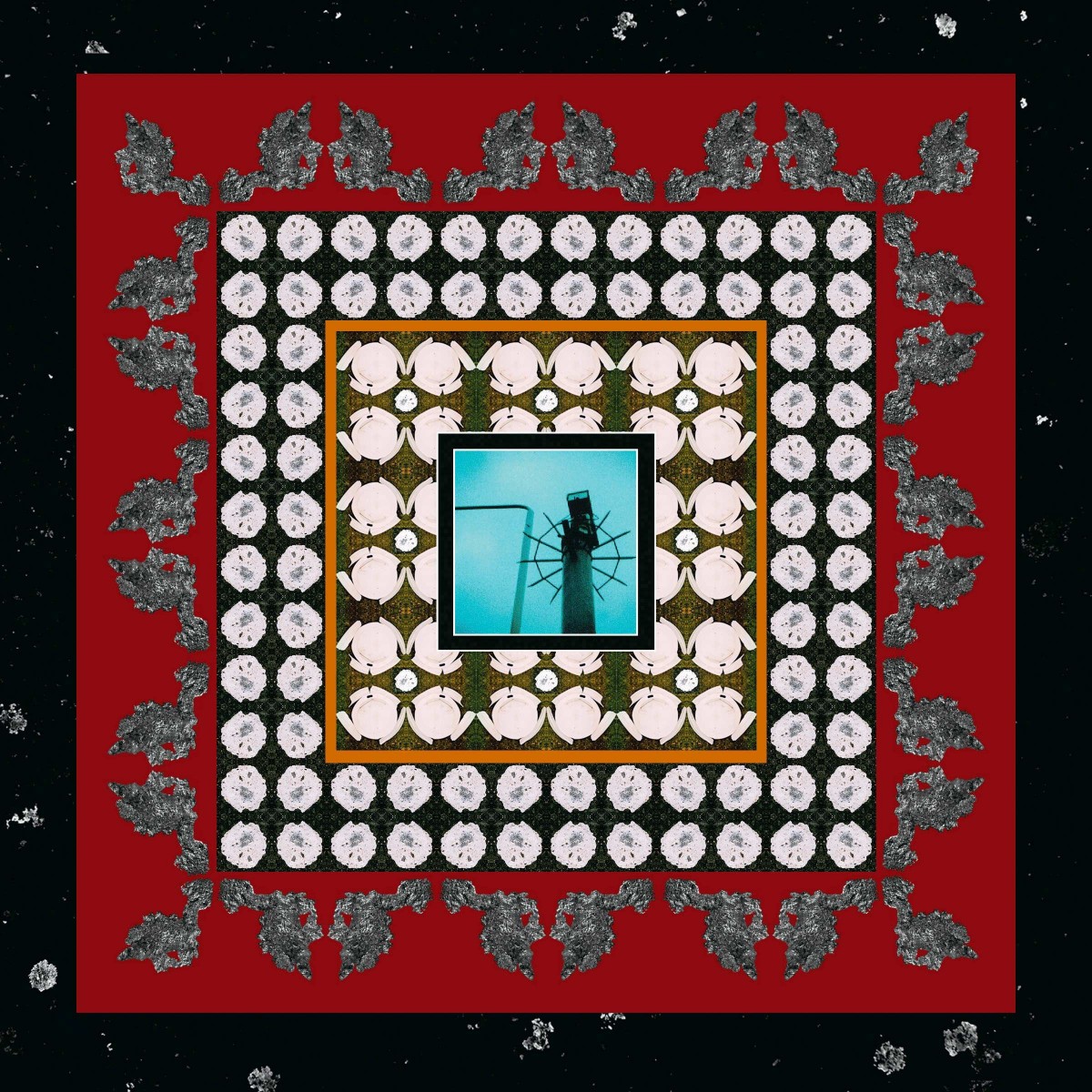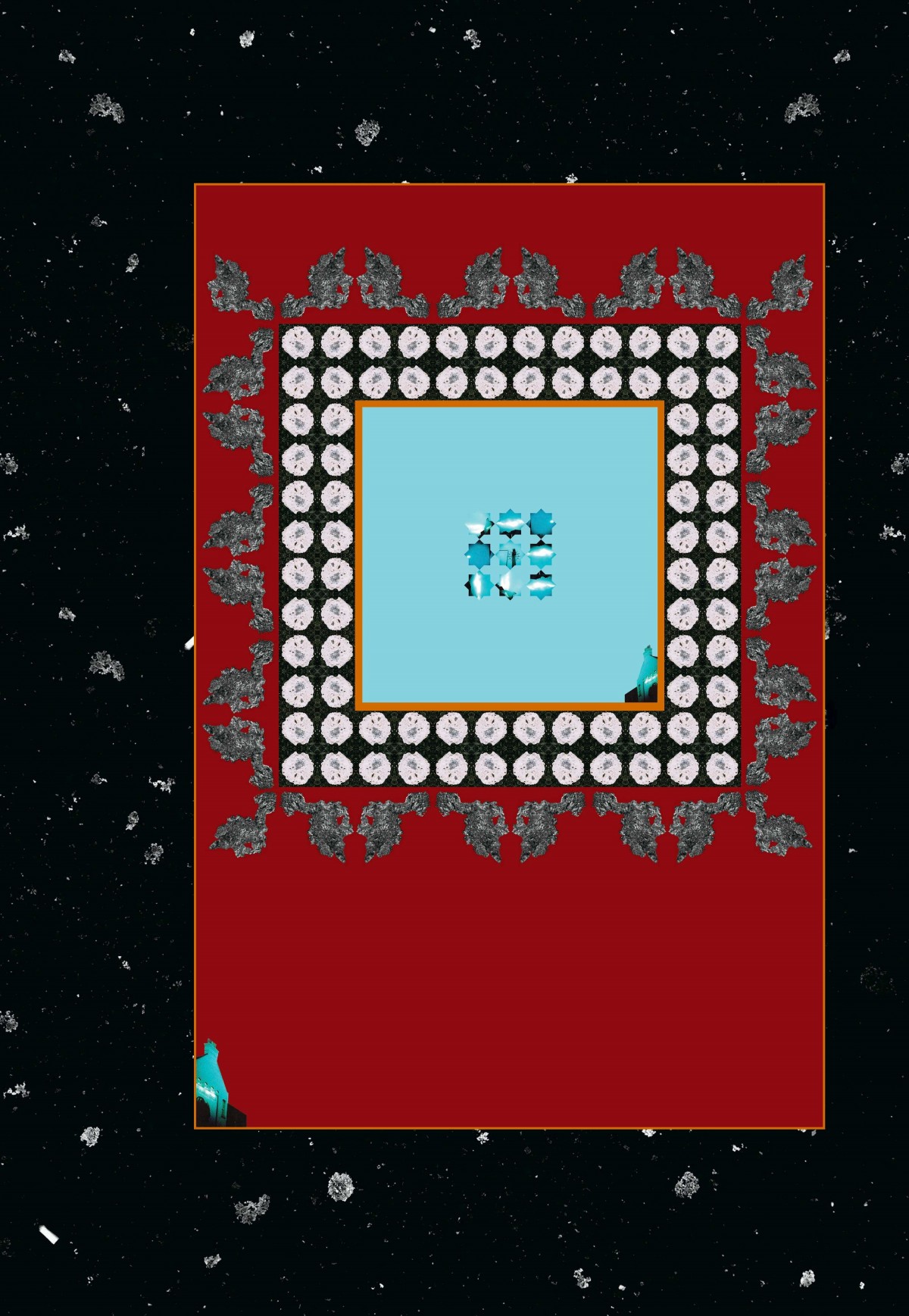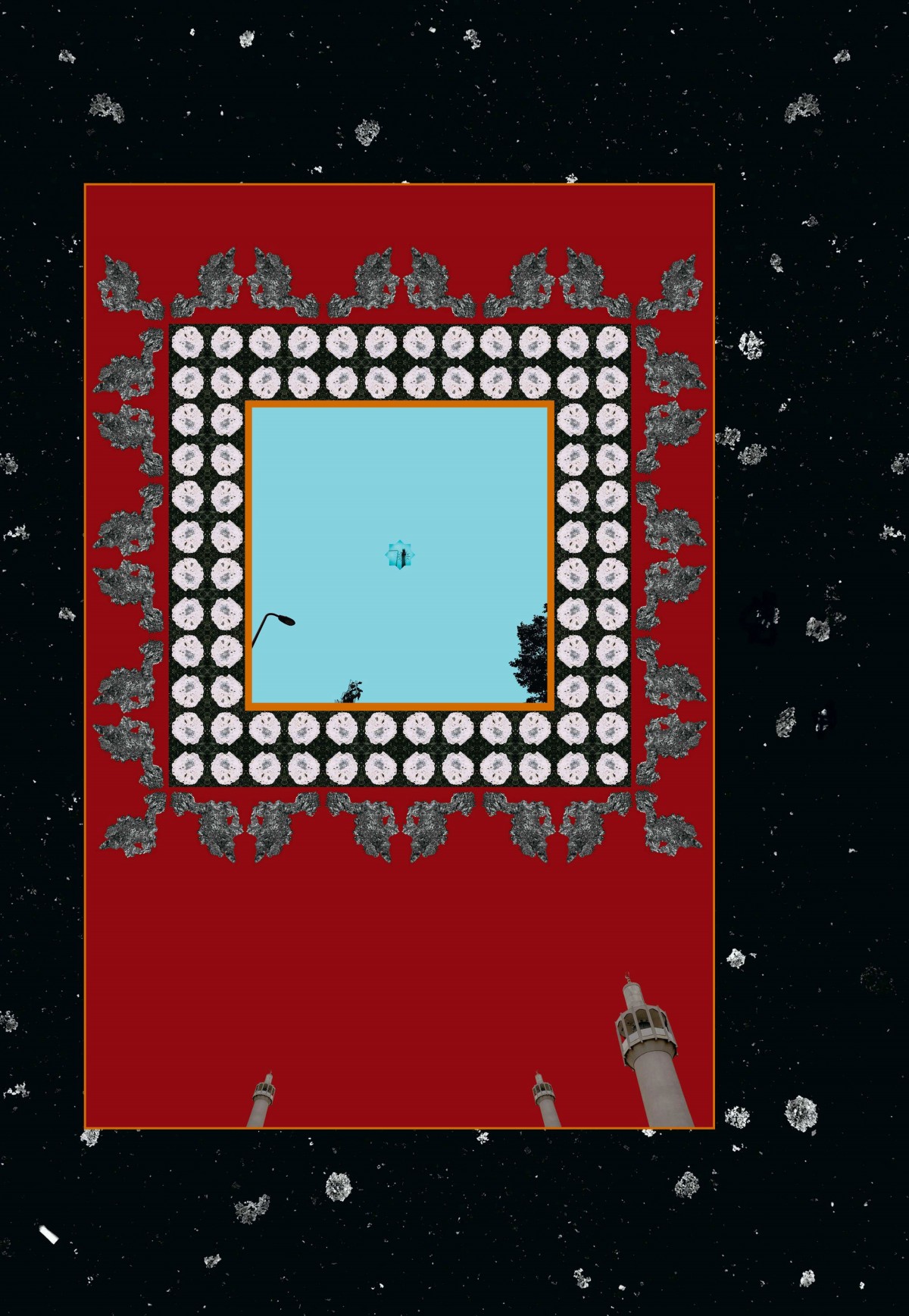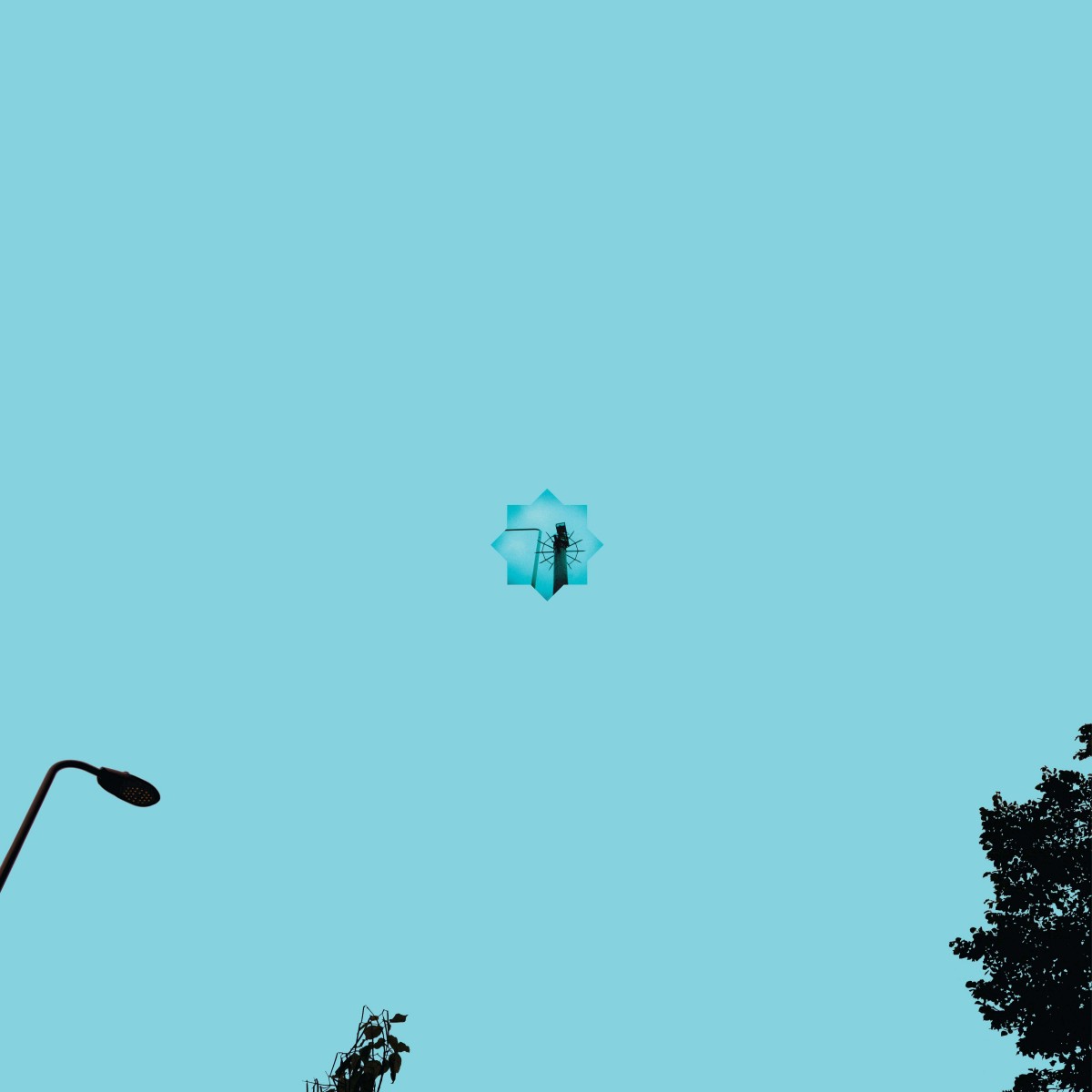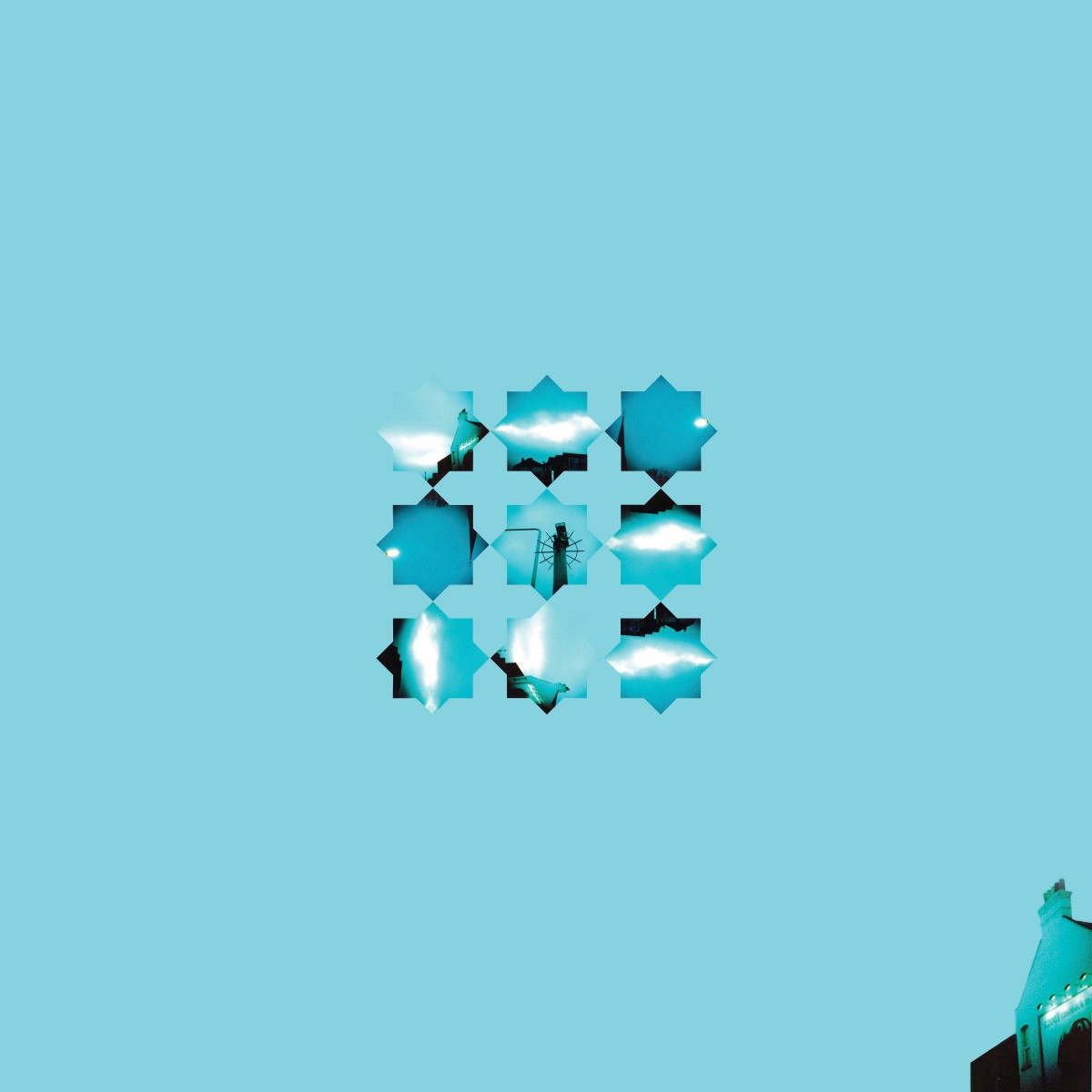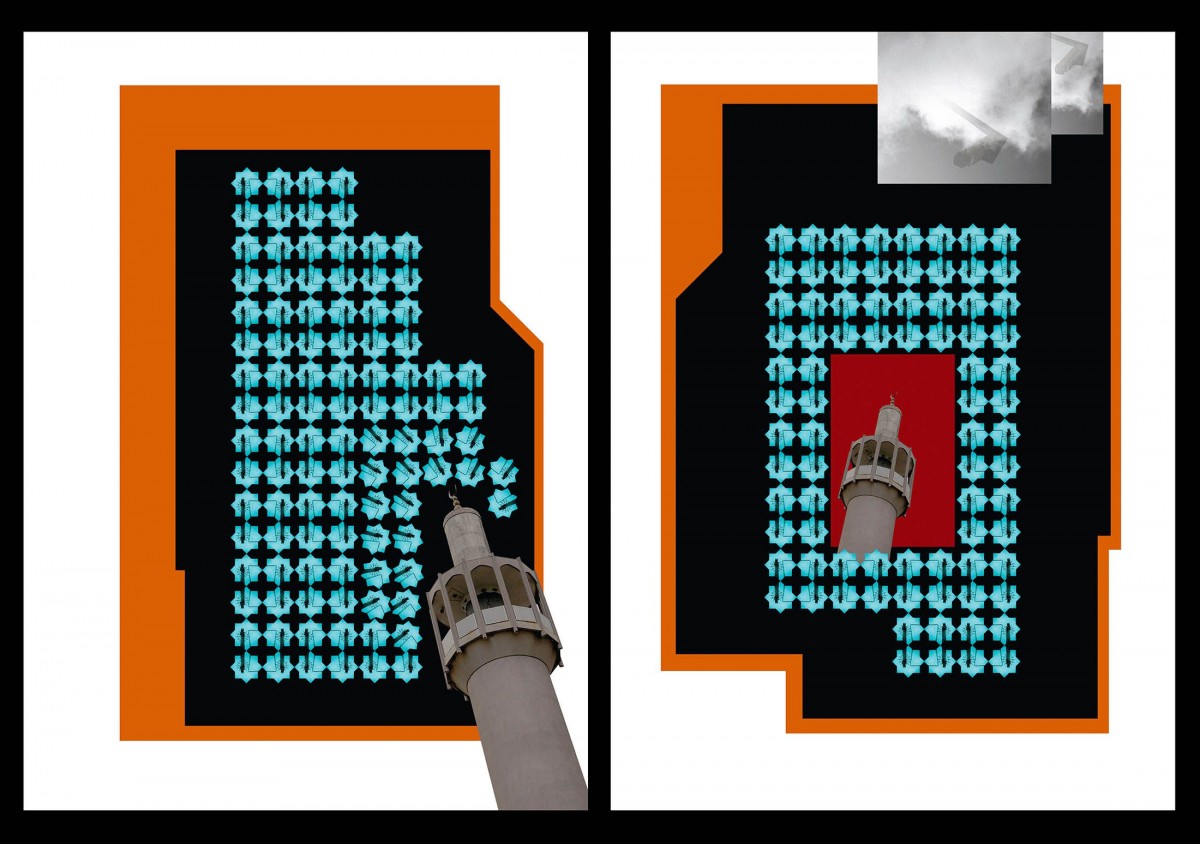Each year Photoworks is asked by London College of Communications to judge and offer an award to a postgraduate from the MA Photography course.
The award offers the winner an interview profiling their project and approach, alongside being exhibited on our Graduate Showcase for 2013 and an honorary Membership to Photoworks. This year’s Award winner is Ammar Syed, selected by Photoworks Director Celia Davies.
Here Programme and Participation Coordinator Alice Compton finds out more about Syed’s project.
Alice Compton Tell me a bit about your project Observational Paradox.
Ammar Syed: My work investigates the banal and everyday with a concentrated focus on ordinary discarded objects on the street. In this instance I focused on the CCTV camera mounted on a column. The work seeks to unpack different narratives of the everyday object, by defamiliarization – placing the object in a different context.
By focusing on the everyday CCTV camera, the body of work incorporates suspicion and scrutiny surrounding the Islamic world and especially Islam as a religion due to terrorist incidents globally over the past decade.
As a Muslim living in London I feel that Muslims in general have become rather paranoid about being under surveillance and observed constantly not only by the prevalence of CCTV but by people more generally, from experiences at airport customs, on the tube and the London buses.
With the aid of Islamic patterns, and referencing Persian miniature paintings from the Mughal era, I’ve sought to create a new visual narrative.
AC: Can you talk a little about your use of Islamic patterns and Persian miniature paintings?
AS: I was born in London but grew up in Lahore, Pakistan, until I moved to London again in 2001. Lahore has these wonderful buildings and monuments from the Mughal era which are adorned with beautiful frescos, floral arabesques and Islamic geometric patterns. As a child living in Lahore I would always admire the Mashrabbiya’s (window grills in Arabic) in the mosques so painstakingly carved with complex and interlaced geometric structures. And as I grew older I became transfixed with the Persian miniature style of painting, the shear time consuming and laborious work that went into producing them was fascinating and appealed to my detail oriented sentiment.
The Persian miniature paintings or book illuminations depicted something of immense importance as the central focus of the painting accompanied by a highly intricate pattern or arabesque as the border. Often a story of a court scene with numerous figures painted in the miniature style or perhaps the portrait of the Ruler of the time as the larger central figure holding a flower or standing against a fantastical background.
In Observational Paradox I wanted to use a photographic visual language which would be widely identifiable by a western audience as synonymous with the art of Islam, by now most westerners have come across Islamic patterns in their travels especially to places like Marrakech, Granada and more recently to Dubai where Islamic geometric patterns are seen in abundance.
The series of the work also attempts to create a paradoxical view between the highly aestheticised with that of the mundane and somewhat taboo subject matter.
AC: This divide seems also to reflect on both religious surveillance and state surveillance in Britain and the west creating a double pressure for Muslims, was this intentional?
The images deal with this idea of ‘who is all watching’, God or the state? Muslims believe God that is all watching but presently it seems like the state is all watching. It also points to the question, ‘is God watching at all?’ in these times of wars and invasions.
The smaller pair of the diptychs were based on the 15th century Persian book illuminations and their ornately designed layouts so both pair of diptychs are like double page spreads for modern times. In the first image I See You the protagonist or the central figure i.e the CCTV camera illustrates the primary reason of its existence, to protect its citizens, to keep a hard gaze on the streets, to keep violence and street crime at a minimum. Yet in the second image, the camera shifts its gaze to the mosque minarets which depicts this notion that a certain section of society was being watched even more closely post 2007 in Britain.
The other diptych We See Them is a contemporary version of the smaller pair where I’ve used a recognized Islamic Pattern with the eight pointed star motif to construct a window grill synonymous with a mosque grill to let light in for the prayer goers. Lots of CCTV cameras are looking and turning upon the large minaret structure which could also be mistaken for a weapon of destruction. Where as in the second one the minaret structure lives inside the eight pointed stars suggesting its constricted almost like in a jail cell. And there are these two faint CCTV cameras above in the sky as well.
The eastern and western civilisations view most subject matters through a conflicted prism but I do feel the tide is turning, due to a plethora of information available online and is also reported by the media, making the modern day Briton or global citizens more well informed who have become accustomed to seeing both sides of the coin.
AC: How has your background in graphic design informed your work?
AS My background in graphic design has been primarily illustration and printed matter and attention to detail. Therefore, it has helped me immensely in the production process of this particular project. It made me look at the execution of the images in a lot more detail, especially when the series of work was an amalgamation of image and pattern. It is because of my experience working in design I was also able to attain a technical precision in terms of colour, calibration and selecting which type of paper or surface would be most suited for this type of project. For the images to look their best even in the miniature sections of the work as my intention was for the gallery audience to come really close to the work to inspect it in detail and discover the finer details.
AC: What are you working on now?
AS: I’ve got a few unfinished projects that I would like to finish, I am really interested in going back to my roots of drawing and maybe combine that with photography, something I have tried out before but didn’t have a fruitful outcome at that juncture. I really wanted to go back to Pakistan in the summer and do a black and white photo book of my city of Lahore, perhaps at night time when the city comes alive. Maybe find another interesting story to photograph in my birth city of London and draw parallels between my birth city of London and Lahore where my heart belongs. I am still continuing taking images of the banal and everyday and discarded objects on the street of London. Some people think I should return to doing design work as well but that is yet to be seen, I would really like for now to focus on the ‘everyday and the banal’ and try to draw parallels between how everyday objects can possess or depict a different narrative when placed in a different context. I am also currently working on my new website as photographing and editing work since 1999 – 2013 for online viewing something which has been long over due.
–
Ammar Syed is a visual artist based in London. He holds a BA in Graphic Design from the National College of Arts, Lahore, PGdip in Communication Design from Central Saint Martin’s College of Art and Design and an MA in Photography from London College of Communications.
